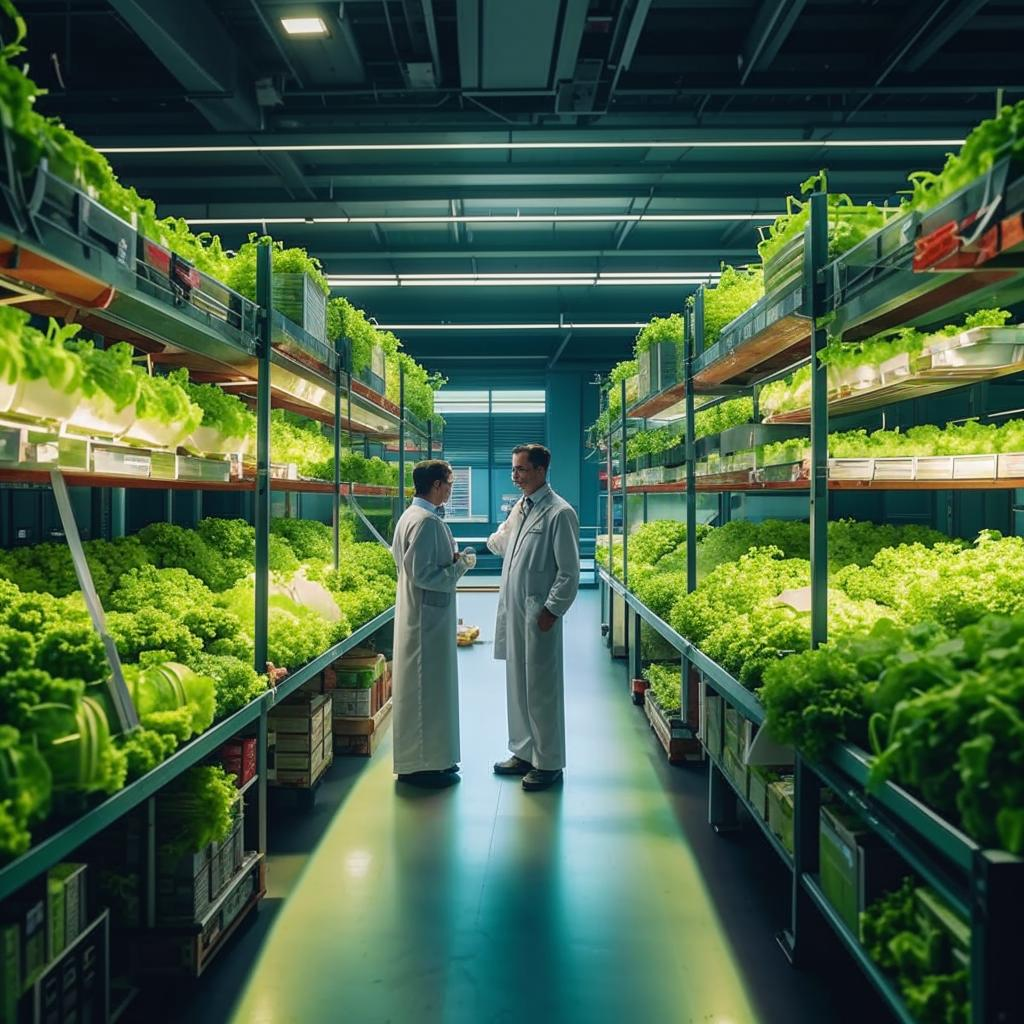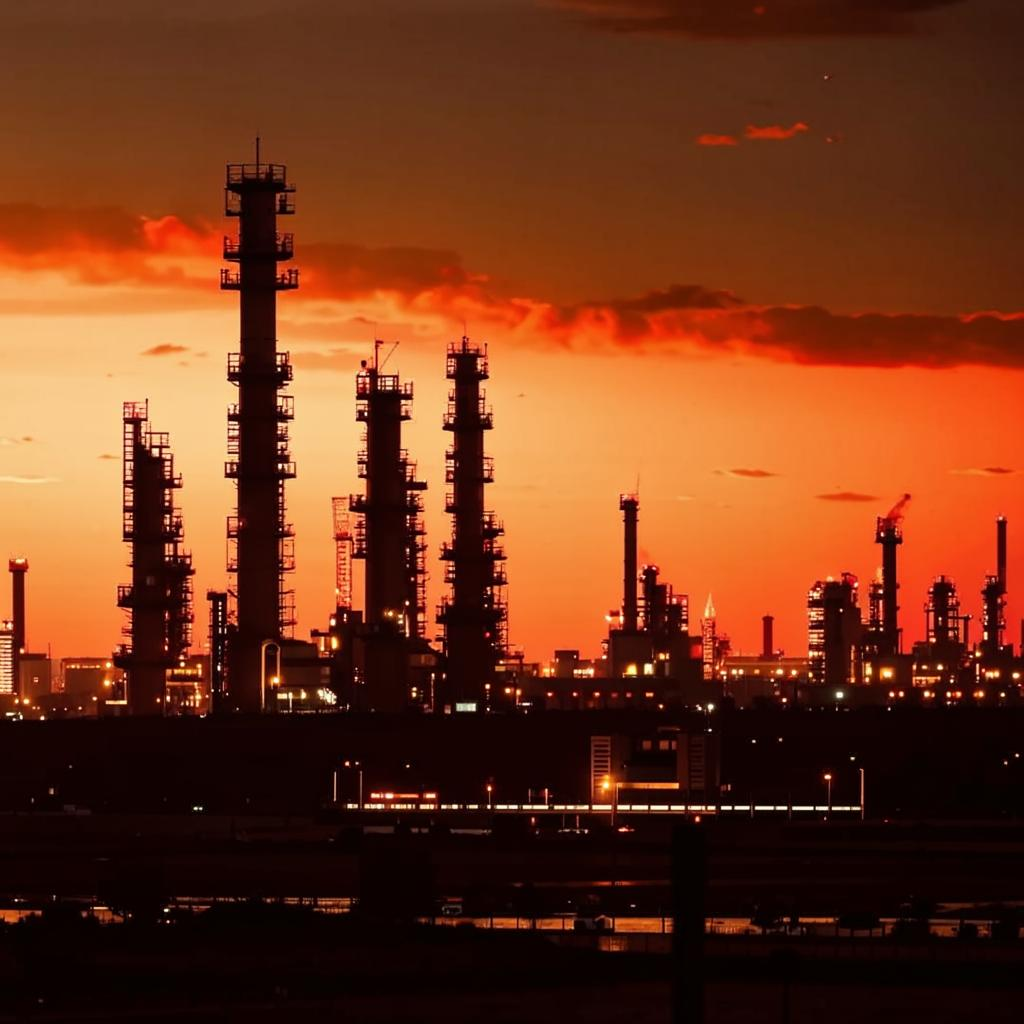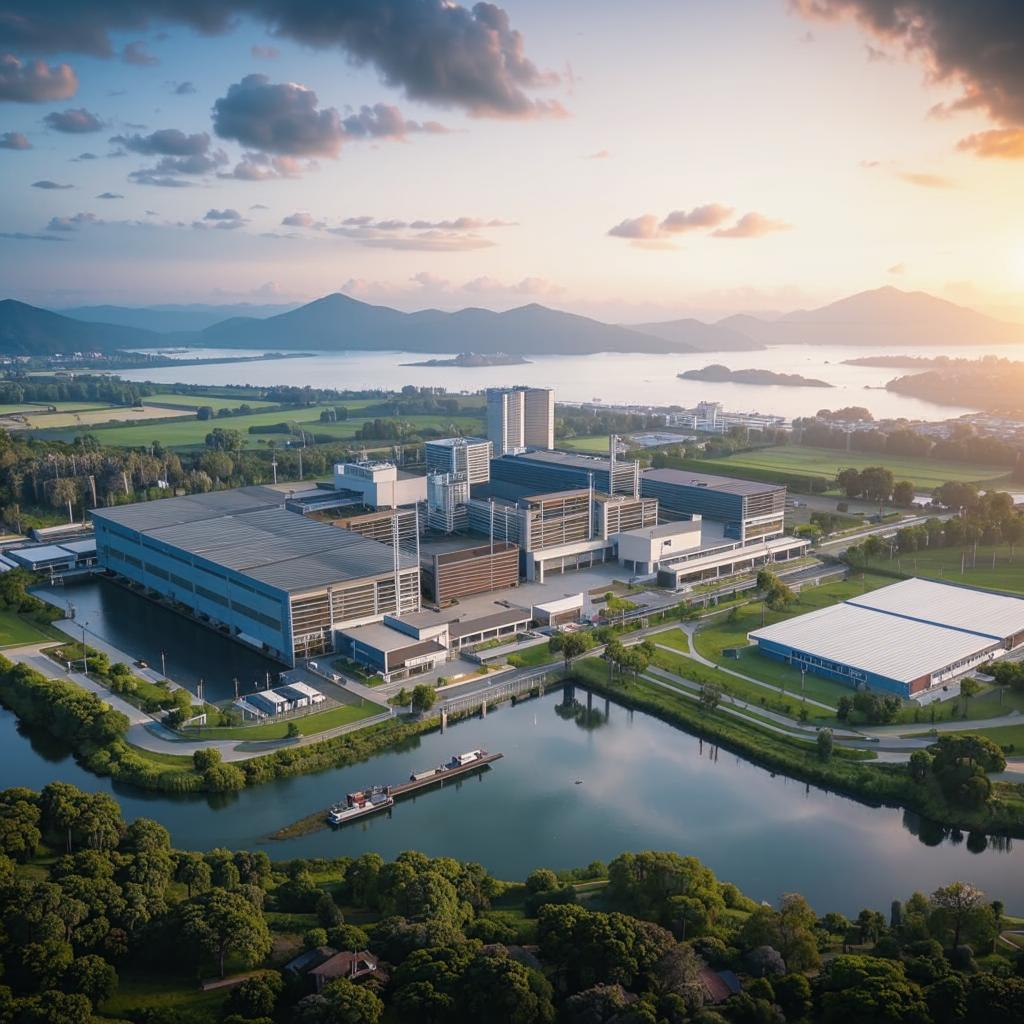Vertical farms are experiencing a surge in popularity, drawing substantial investment as innovators seek to revolutionize agriculture. These indoor farms offer the promise of increased crop yields, reduced environmental impact, and localized food production. Investors, seeking sustainable and technologically advanced opportunities, are pouring capital into vertical farming ventures.
Vertical farming involves growing crops in vertically stacked layers in controlled indoor environments. This method uses significantly less land and water compared to traditional farming. Furthermore, indoor farming minimizes the need for pesticides and herbicides, promoting healthier food production. The controlled environment enables year-round crop cultivation, irrespective of external weather conditions.
The vertical farming sector has attracted significant attention from venture capitalists and established agricultural companies. Startups are developing innovative technologies to optimize plant growth, including LED lighting, automated irrigation systems, and environmental control sensors. These technologies enhance efficiency and reduce operational costs.
Vertical farms can be located in urban areas, bringing food production closer to consumers. This reduces transportation costs and carbon emissions associated with long-distance shipping. Moreover, local food production enhances food security and resilience in the face of climate change and supply chain disruptions.
Despite the growing interest, vertical farming faces challenges. High energy costs, particularly for lighting, remain a concern. However, advancements in renewable energy and energy-efficient technologies are helping to mitigate this issue. As technology continues to improve and costs decrease, vertical farming has the potential to transform the agricultural landscape.Finishtit















